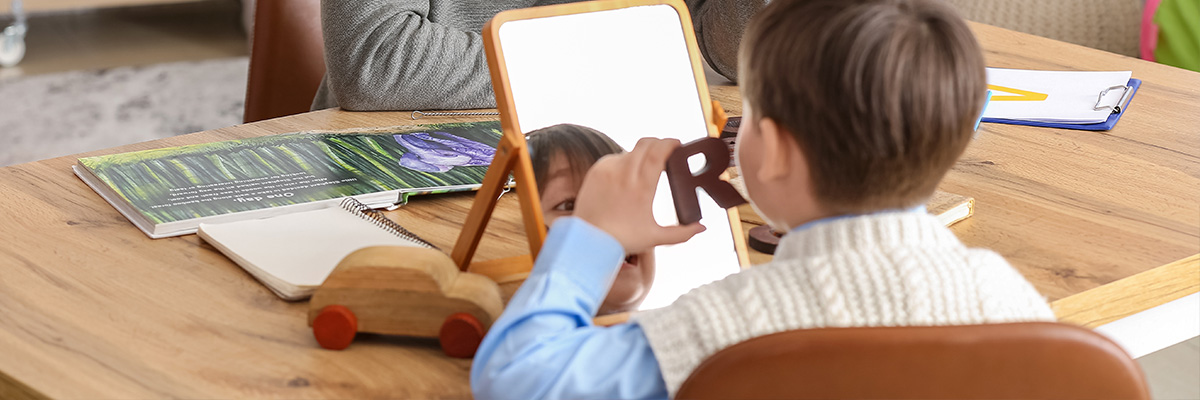
As soon as your child got their diagnosis — and potentially even before — you probably started modifying their environment. You made safety changes at home (like child-safety locks) and sensory adjustments, as well (like removing something overstimulating from their room).
But don’t stop there. For a child with autism, the right environment makes all the difference.
Children with autism, like all children, crave safety and consistency. An environment that feels comfortable and predictable sets them up for success.
Why environment matters
Think about a time when you’ve been overstressed, overtired, or otherwise overstimulated. That’s not how you want to head into an important event, right? Because their surroundings and the events of the day can be so much more stimulating to a child with autism than to a neurotypical person, it’s easy for them to get into that overstimulated state.
That does them no favors. In the same way that you’re not at your best when you’re overworked or overstressed, your child will struggle more if their environment requires too much of them.
Conversely, a secure environment in which activities are known and can be anticipated can bring them a huge measure of calm and security. From that place, they’re better able to respond to what happens around them.
The trick here is that you need to balance the predictability your child craves some level of stimulation. Without the latter, your child won’t grow or learn new skills. You want to help them have a sense of control while also encouraging their development.
Creating the right environment
Here at Stride Autism Centers, we have extensive experience creating the right environment for kids with autism. We wanted to share some things that have worked well for us.
For starters, build a space that feels calm and safe. That means childproofing your home, of course, but it also might mean removing audio and visual stimulants. Keep your space at a comfortable temperature and consider eliminating things like lights that flicker or fans that hum.
A safe, calm environment gives you a good blank canvas from which to build. Next, focus on creating structure. Rules and expectations should be clearly laid out (you might want to create a visual guide). Routines should be established, communicated, and posted in a way your child can see. A schedule or a list of pictures (if they can’t read yet) can help them anticipate what’s coming. Having a set routine gives them a sense of control because they know what to expect and can ready themselves for it.
Finally, from that place of safety and calm where rules and routines are established, you can look for ways to provide the right level of stimulation. That could be a once-weekly trip to the grocery store or a specific type of playtime on special days. From the established routine, you can build to give your child opportunities to develop skills and explore their world.
To give you an idea of what’s been successful for children with autism, we’ll share that we have four specific environments we provide at Stride:
- Individualized instruction space where the child engages one-on-one with their therapist in a room with few distractions
- A free play/natural environment space where kids can engage in play-based activities like art, blocks, and toys
- Playgrounds where they play and climb on sensory stimulating environmental elements like slides, swings, mini trampolines, and tunnels
- Circle time areas where we gather in a seated circle with other children to go over the day’s routine
Each environment is tailored to keep them safe and provide a sense of calm while encouraging learning and play. As you tailor your in-home environment to your child with autism, we can come alongside you to provide the right environment for their therapy and group skill development.
To learn more, contact us.





